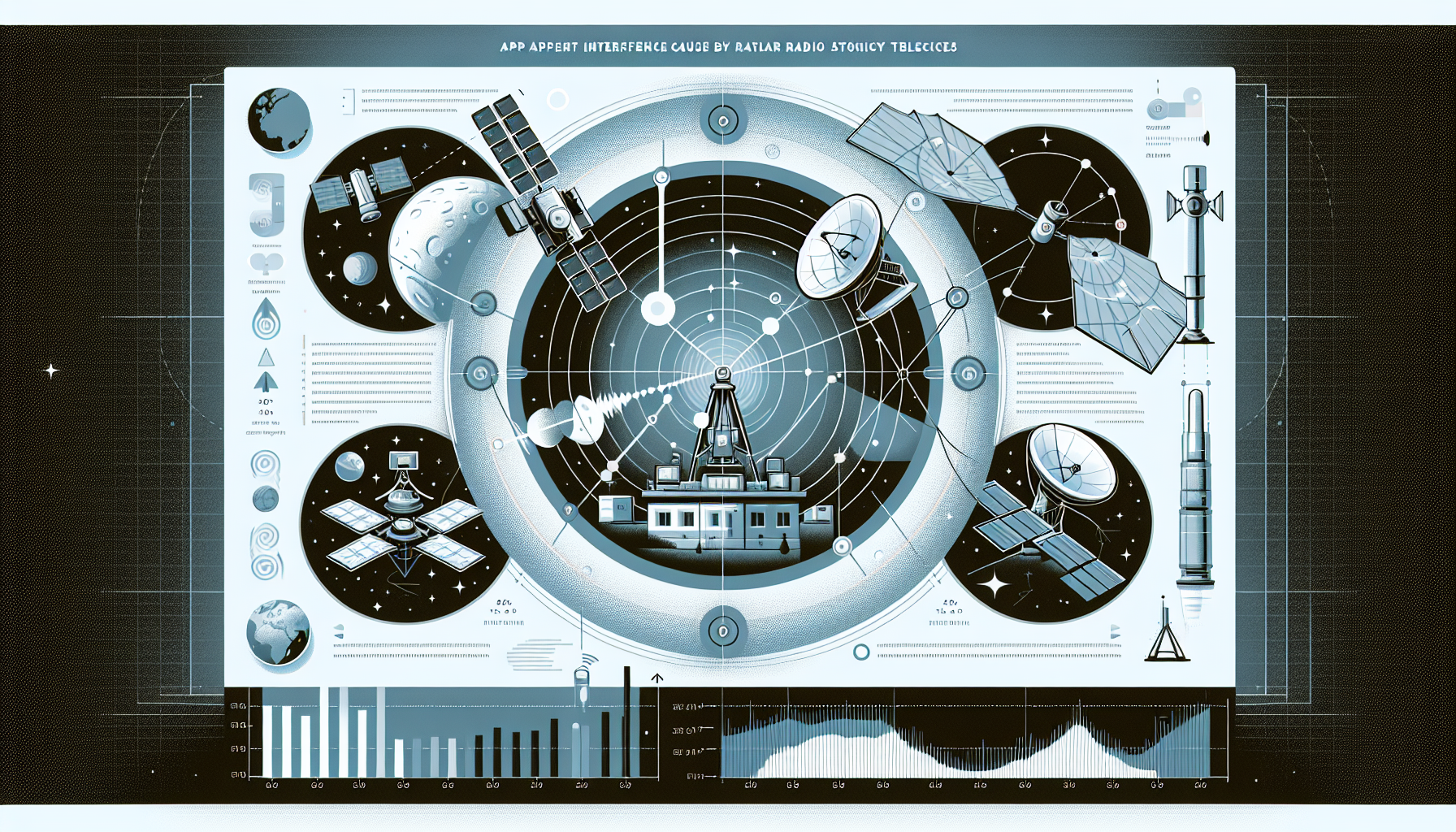Poll Uncovers Starlink’s Interference with Radio Astronomy Telescopes
We independently review everything we recommend. When you buy through our links, we may earn a commission which is paid directly to our Australia-based writers, editors, and support staff. Thank you for your support!
Brief Overview
- SpaceX’s Starlink satellites are affecting radio astronomy observations.
- A study by Curtin University identified more than 112,000 radio emissions from Starlink satellites.
- Interference impacts as much as 30% of the images obtained by radio telescopes.
- Unintended electromagnetic radiation (UEMR) poses a serious concern.
- There is ongoing constructive engagement between CIRA and SpaceX.
- Other low Earth orbit (LEO) satellite constellations, such as Amazon’s Kuiper, are also in the pipeline.
Examining Starlink’s Influence on Radio Astronomy
Recent findings from the Curtin Institute of Radio Astronomy (CIRA) at Curtin University reveal substantial interference from SpaceX’s Starlink satellites on radio astronomy observations. The investigation took place over four months and underscored the mounting challenges astronomers face due to the rising number of low Earth orbit (LEO) satellites.

Insights from the Study
The team at CIRA discovered over 112,000 radio emissions from 1,806 Starlink satellites through the Murchison Widefield Array (MWA) and the Engineering Development Array 2 (EDA2), the prototype for the Square Kilometre Array (SKA). Shockingly, interference was present in up to 30% of the images obtained.
Unintended Electromagnetic Radiation (UEMR)
An important finding was the detection of unintended electromagnetic radiation (UEMR) from these satellites. Signals from 703 satellites in the 150.8 megahertz range, which should not have been detected, were observed. This radiation is likely emanating from satellite subsystems like electronics, propulsion, or avionics.
Regulatory Measures and Industry Response
Professor Steven Tingay, the executive director of CIRA, indicated that Starlink is not breaching any existing regulations. The interactions between CIRA and SpaceX have been productive, and collaborative efforts are being developed to tackle these issues.
The Wider Landscape: Other LEO Constellations
The emergence of LEO satellite constellations is not solely confined to Starlink. Amazon’s Kuiper and Eutelsat’s OneWeb are also initiating large-scale constellations, alongside plans from Shanghai Spacecom Satellite Technology and Russia’s Sfera. These advancements emphasize the necessity for global collaboration and regulation in space technology.
Conclusion
The study from Curtin University emphasizes the profound effects of Starlink satellites on radio astronomy, particularly concerning unintended electromagnetic radiation. Although existing regulations are not being breached, the results indicate the need for continued dialogue and collaboration between space enterprises and the scientific community to lessen these effects as the quantity of LEO satellites increases.
